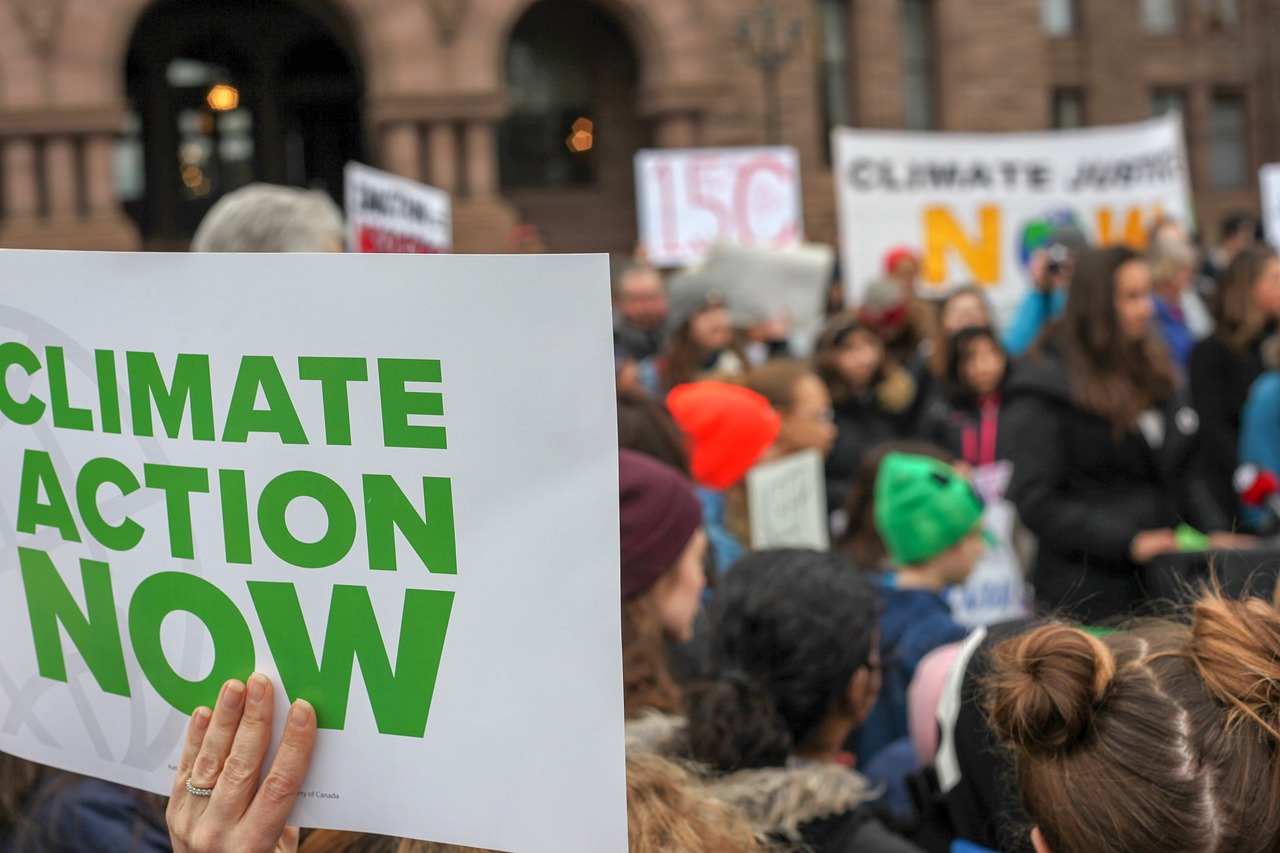The United Nations (UN) Committee on the Rights of the Child on Monday published authoritative guidance concerning children’s rights with respect to the environment amidst growing concerns of climate change. The guidance urges member states to swiftly implement intervention measures to address the adverse impacts of environmental degradation and protect children’s right to a clean world.
The guidance first outlines several specific rights protected under the convention, including the right to life, survival and development, the right to the highest attainable standard of health, and the right to social security and adequate standard of living, among many others. The statement carefully regards the indivisible nature of many rights:
Children’s rights, like all human rights, are indivisible, interdependent and interrelated. Some rights are particularly threatened by environmental degradation. Other rights play an instrumental role in safeguarding children’s rights in relation to the environment. The right to education, for example, is a right that has both dimensions.
The guidance goes on to enumerate the right to a clean, healthy and sustainable environment. It compels member states to protect this right by taking the following actions:
(a) Improve air quality, by reducing both outdoor and household air pollution, to prevent child mortality, especially among children under 5 years of age;
(b) Ensure access to safe and sufficient water and sanitation and healthy aquatic ecosystems to prevent the spread of waterborne illnesses among children;
(c) Transform industrial agriculture and fisheries to produce healthy and sustainable food aimed at preventing malnutrition and promoting children’s growth and development;
(d) Equitably phase out the use of coal, oil and natural gas, ensure a fair and just transition of energy sources and invest in renewable energy, energy storage and energy efficiency to address the climate crisis;
(e) Conserve, protect and restore biodiversity;
(f) Prevent marine pollution, by banning the direct or indirect introduction of substances into the marine environment that are hazardous to children’s health and marine ecosystems;
(g) Closely regulate and eliminate, as appropriate, the production, sale, use and release of toxic substances that have disproportionate adverse health effects on children, in particular those substances that are developmental neurotoxins.
Though it references the Paris Agreement, a treaty established in 2015 to limit global warming, the guidance goes further by urging high-income and developed states to take the lead in implementing long-term solutions to mitigate the effects of climate change. The guidance specifically indicates that “short-term mitigation measures” that “delay a rapid phase out of fossil fuels” can cause more harm to children by “result[ing] in higher cumulative emissions.”
An advisory team comprised of thirteen children consulted on the development of the guidance. An online questionnaire was also made available, collecting 16,331 contributions from children from 121 countries.
In response to Monday’s publication, Center for International Environmental Law Senior Attorney Sébastien Duyck deemed the guidance “a very timely legal instrument to support children and youth as they demand action to address climate change and other environmental crises.”
A Montana court recently found that a state law violated youth plaintiffs’ right to a “clean and healthful environment,” showing increasing recognition of children’s right to a clean world.


